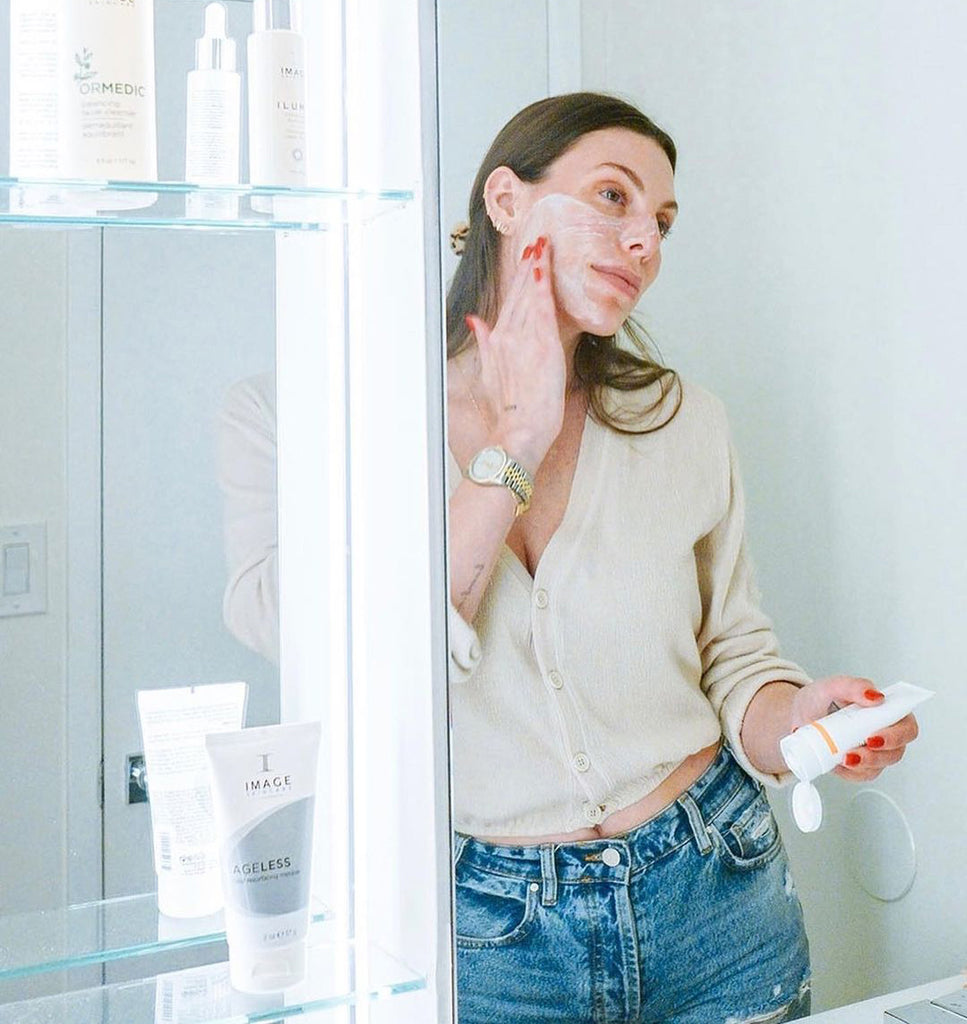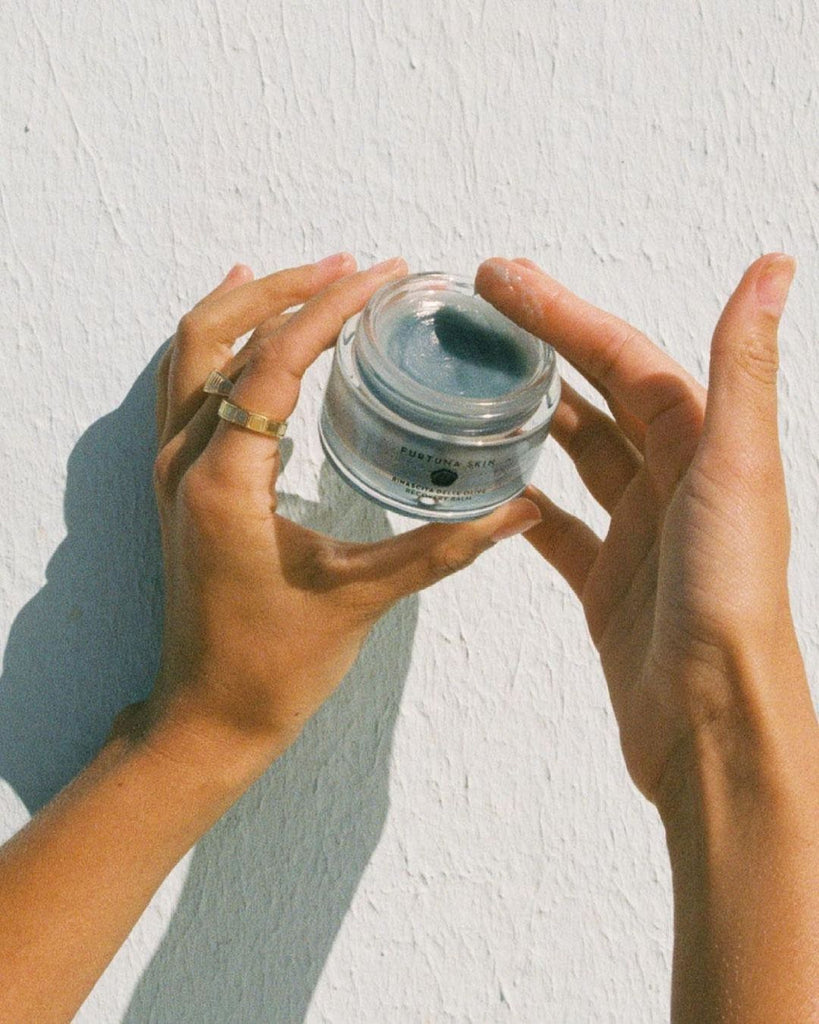This article was originally published on harpersbazaar.com.
Facials have always been shrouded in mystery. While you might have a general idea of ingredients used by your facialist, it’s often a flurry of products, tools, and steps—all performed while your eyes are shut. (And isn’t relinquishing control of your skin-care routine for an hour half the fun?) So, those that fancy trying out a facial at home might feel as if they’re peeking behind a curtain of sorts. To guide you on the path to an at-home glow, we asked two facial experts to demystify the tips, tricks, and techniques of the trade.
WHEN IS IT TIME FOR A FACIAL?
Our skin is constantly communicating its wants and needs—you just have to listen. Celebrity facialist Candace Marino notes that different skin types communicate it’s time for a deep treatment in different ways. “For oily skin, you may experience clogged or dilated pores indicating the need for a facial, while a dry skin type will notice a rough texture, flakes, exaggerated lines and wrinkles—that’s your skin's way of visibly begging you for a facial,” says Marino. “Sensitive skin types may notice increased inflammation or a decreased lipid barrier, and acne-prone skin will be broken out and congested.” Another surefire sign: Consider a facial if your makeup isn’t applying or wearing well, she notes.
HOW TO PREP YOUR SKIN
Now’s the time to level up your cleansing routine, since starting with clean skin (and hands) is important. “Everyone's talking about double cleansing these days, and for years I've been preaching to my clients the benefits of triple cleansing,” Marino says. Marino’s three “cleaning phases” start by melting away makeup and other pollutants with oil cleanser, so “you're working on a fresh canvas.” Then comes the “True Cleanse”: “I like to use a gel-based or milky cleanse for this step,” she says. Finally, follow up with light exfoliation. “This cleanser I'll switch out almost nightly by bouncing back between enzymatic and chemical cleansers, based on how my skin presents,” continues Marino.

IN WHAT ORDER DO I USE THE PRODUCTS?
“You can do a great facial with the products you know already work well for you. Just throw in some extended facial massage and a mask to make it feel more decadent,” says Marino. To prevent formulas from pilling—and to increase absorption—stick to applying your products from lightest to thickest. “If you apply a heavier product or one with a higher molecular weight first, you're blocking the penetration of your thinner or lower molecular weight products, and are basically wasting it. As a rule of thumb, products will go on most-liquidy serum to gel-based serum, then onto thickest cream and, finally, oil,” she explains.
PRO TIP: TAKE A BATH
If you’re going to pamper yourself, you might as well go all the way. Marino suggests lighting candles, using a diffuser, and drawing a bath. “Many times, I prep my skin by cleansing it and then perform the entire facial in the bath. This definitely makes for a more relaxing experience, and also keeps you from going down the rabbit hole that is the magnifying mirror,” she says.
Hopping into a bath also happens to be perfect for a nighttime facial, Marino’s own personal preference. “This allows me to apply the active ingredients I want to go to work for me overnight, instead of needing the protection from SPF and then having to wash my face all over again,” the facialist explains.
From here, how to proceed depends on your skin type. Ahead, how to perform dry skin, acne-prone skin, and lifting facials—all in the comfort of your own home (or, you know, bathtub).
FACIAL FOR DRY SKIN
“When working with dry skin, you need to be so gentle. Exfoliating and eliminating surface dullness is one goal, but it’s secondary to restoring the skin on deeper levels,” says beauty brand founder and celebrity aesthetician Tammy Fender. “It’s important to remember the glow we all seek comes not only from recent exfoliation, and the removal of surface cells, but from skin that is replenished at the deepest levels.”
Fender recommends “a double mask protocol” for dry skin, starting with a clay-based exfoliator and “following with a very robust treatment mask full of replenishing plant remedies that quench the skin on every level.” Then, slather on your favorite serum, a step Fender notes will protect post-facial skin, “locking in moisture.”



